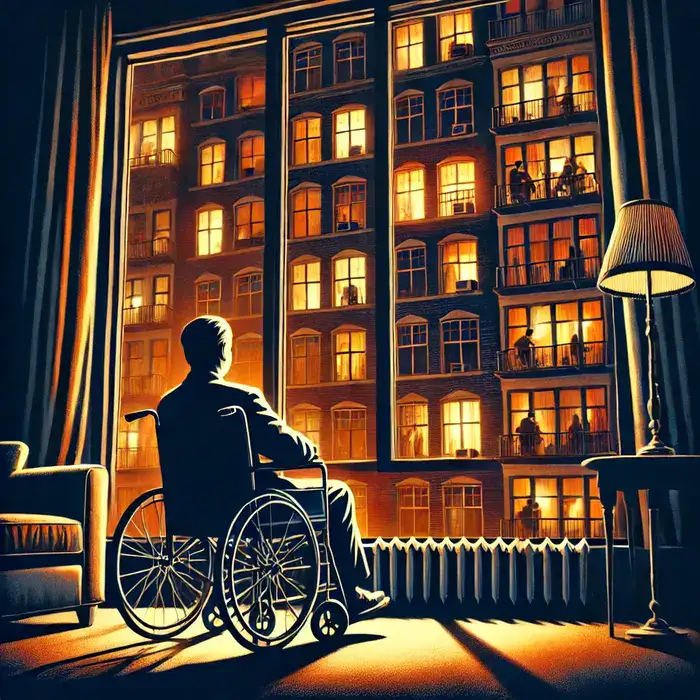Sleep fast and peacefully Source: https://www.healthline.com Author: Christal Yuen https://www.youtube.com/watch?v=EiYm20F9WXU This practice is said to even work for people who need to sleep sitting up! The military method Relax your entire face, including the muscles inside your mouth. Drop your shoulders to release the tension and let your hands drop to the side of your body. Exhale, relaxing your chest. Relax your legs, thighs, and calves. Clear your mind for 10 seconds by imagining a relaxing scene. If this doesn’t work, try saying the words “don’t think” over and over for 10 seconds. Within 10 seconds, you should fall asleep! ...
Home » Reading Practice in English » Sleep Fast and Peacefully at Night

Sleep Fast and Peacefully at Night
Updated: by Dr. Mohammad Hossein Hariri Asl
Time to Read: 5 minutes | 204 Views | 2 Comments on Sleep Fast and Peacefully at Night
About the Author
Dr. Mohammad Hossein Hariri Asl
Dr. Mohammad Hossein Hariri Asl is an English and Persian instructor, educator, researcher, inventor, published author, blogger, SEO expert, website developer, entrepreneur, and the creator of LELB Society. He's got a PhD in TEFL (Teaching English as a Foreign Language).
Number of Posts: 4168



The importance of sleep and relaxation that it offers is undeniable. I sometimes envy those who have a relaxed mind and as a result fell asleep readily. without doubt this is a blessing.
Thanks for your comment on this post about how to sleep fast and peacefully.
Feedback
1. fell asleep = fall asleep (simple present tense)
2. without doubt = Without doubt (Consider it an independent sentence)
3. The importance of sleep and relaxation that it offers is undeniable = is = are (The subject is ‘the importance of sleep’ and ‘the relaxation it offers’.